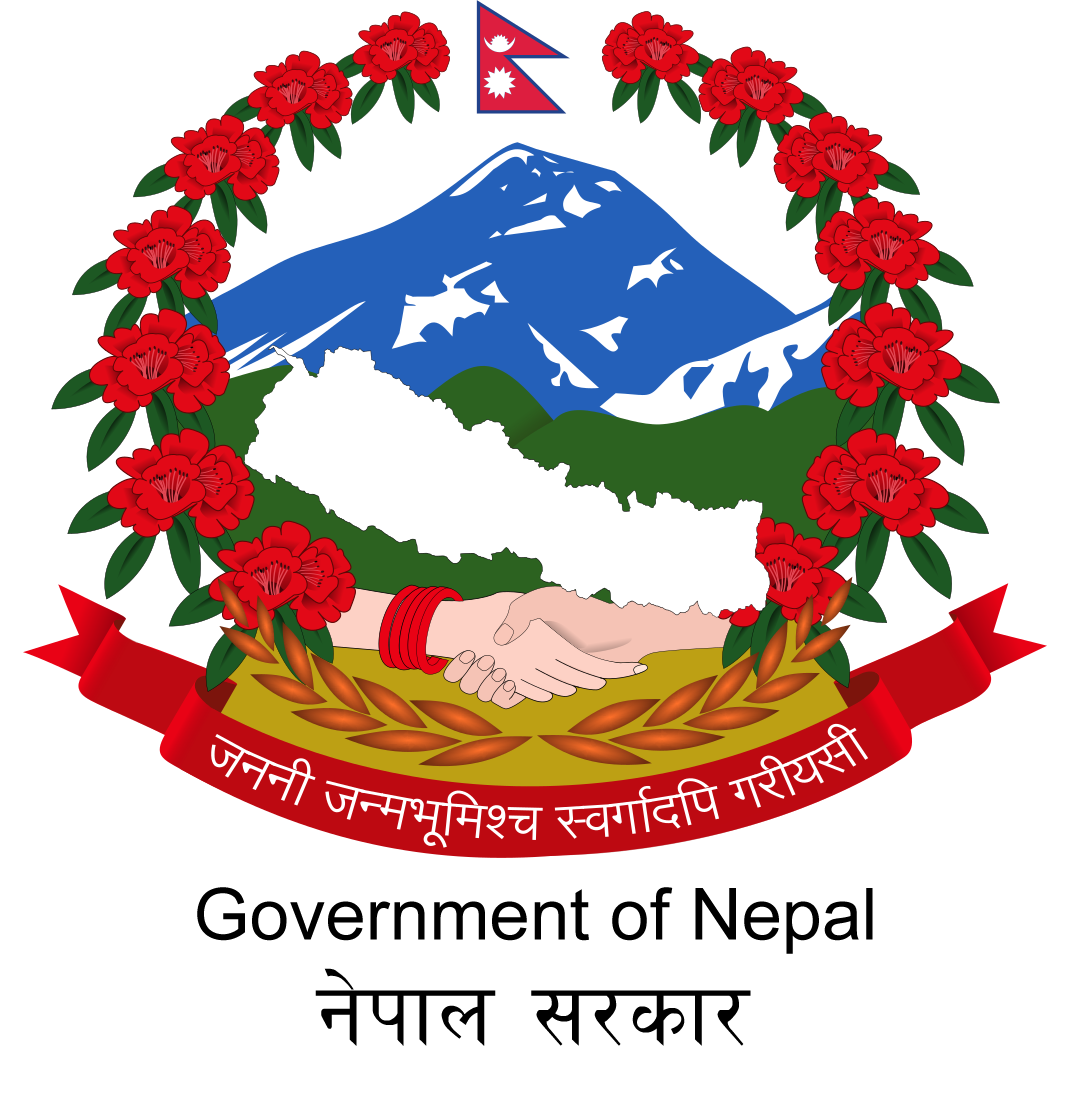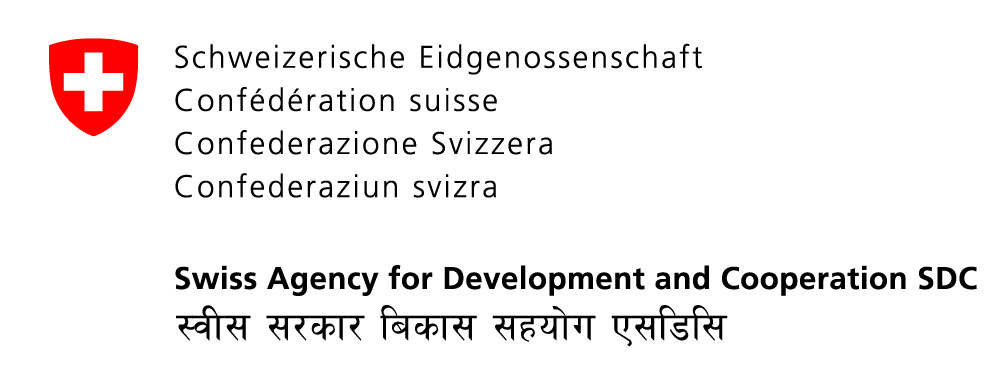Nepal possesses plenty of potential for prosperity especially in the agriculture sector, but a large part of cultivable land is left fallow during the dry months because of unavailability of irrigation water throughout the year. Of the 2.64 million ha of cultivable land in Nepal, 1.77 million ha is irrigable and about 1.43 million ha currently has access to irrigation. Out of these, only about 40 percent irrigated land has access to year-round irrigation. The major challenges are lack of year-round irrigation facilities, absence of regular operation and maintenance, weak coordination between agencies related to irrigation and agriculture, lack of adequate technical human resources etc. Therefore, investment is required to rehabilitate and improve existing irrigation systems and strengthen water user’s association (WUAs) to efficiently operate and maintain them.
The Government of Nepal in collaboration with the Government of Switzerland has been implementing SIP since February 2015. Evidences in the first phase show that with the availability of a year-round irrigation, yield of these crops increase by more than 30 percent. In addition, the cropping intensity increased by more than 40 percent resulting in an overall productivity increase by more than 50 percent.
SIP Phase II will be the continuation of SIP Phase I and is built upon the experience of implementing SIP I . SIP-II will be implemented by Local Governments (LGs) as the mandate to implement small irrigation programs lies with rural municipalities and municipalities as per the Constitution of Nepal, 2015. The Programme will cover 20,000 ha of improved and newly irrigated area in the selected LGs in Koshi Province. This area will comprise run-of-the-river gravity irrigation schemes, pond irrigation schemes and to lesser extent non-conventional irrigation schemes. These systems will benefit an estimated total of 65,000 households, and at least 26,000 or 40% of the beneficiary households will belong to disadvantaged groups.
Small farmers, especially from the disadvantaged groups (DAGs) reduce their poverty by increasing their agricultural income.
Outcome 1 : Local Governments respond effectively to needs of small farmers for irrigated agriculture
Outcome 2 : Small farmers especially disadvantaged groups increase agricultural productivity
Outcome 3 : Market actors offer innovative supports and products to farmers in irrigated schemes


